Slovenia Art & Culture, Cities, Countryside, Food & Wine
Why Ljubljana is Europe’s most effortlessly charming capital
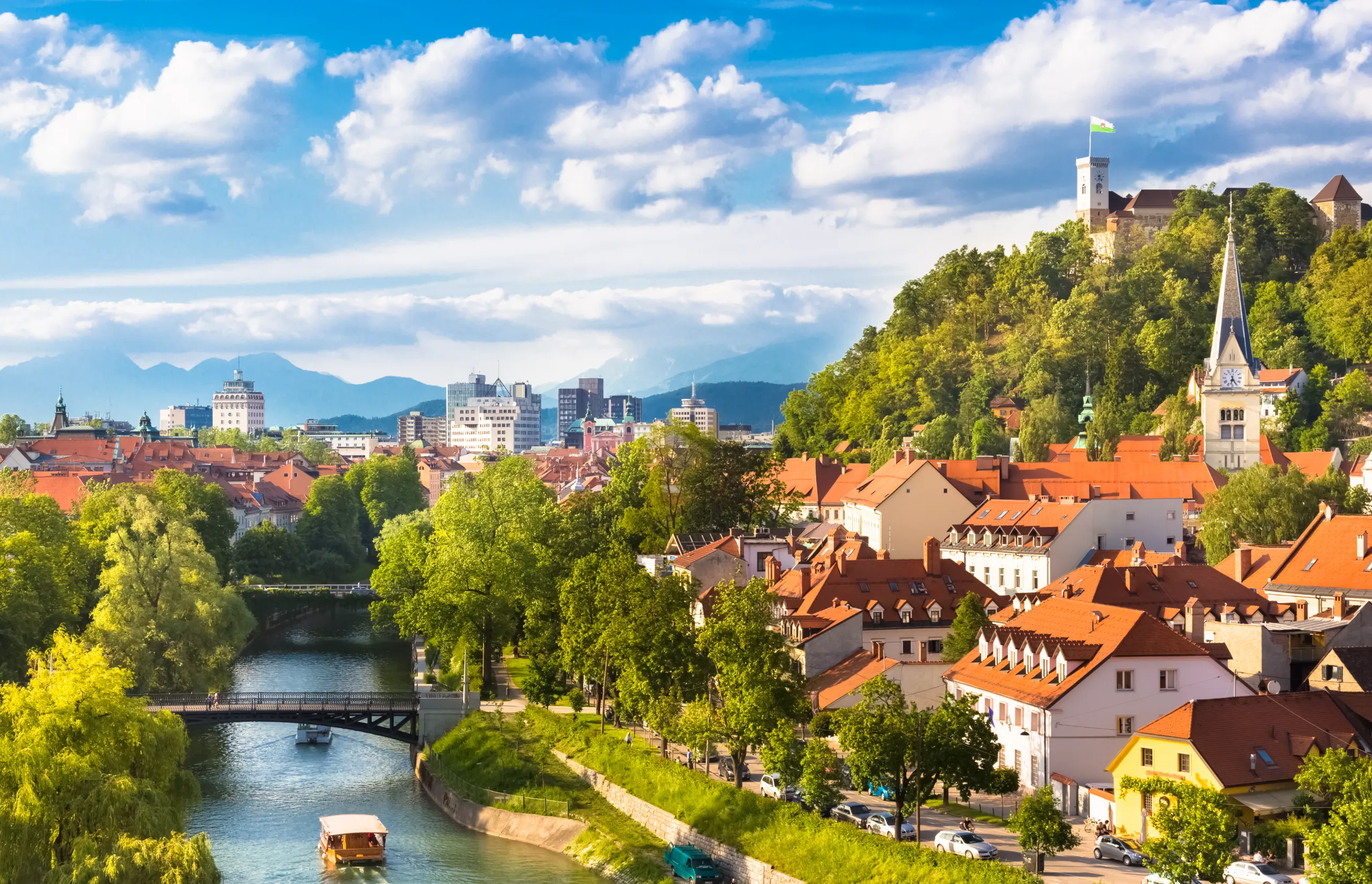
Lake Bled, Slovenia
It’s not the hustle of Ljubljana that makes it stand out – it’s the lack thereof. In the Slovenian capital you can shed the rush of the world and enjoy the beauty of life’s little pleasures
In medieval Ljubljana, dishonest bakers were caged and dunked in the Ljubljanica river – a punishment that might explain why this city’s culinary traditions have remained so honest. This peculiar bit of history comes to light as I check into Zlata Ladjica, a boutique hotel sitting beside the very same waterway. Gregor, the concierge, gives me a brief overview of the 15 rooms, each a nod to the Slovenian capital’s past. Mine, inspired by an 11th-century goldsmith’s shop, shimmers with gilded accents. Other rooms pay tribute to a poet, a shoemaker, and Jože Plečnik, the architect who defined the city’s distinctive look.
As tempting as the deep tub in my room is, Ljubljana awaits. Along the river, locals sip craft beers beneath cream umbrellas, their relaxed pace flowing with the water. Artisans sell honey and dragon trinkets (the city is allegedly guarded by these mythical creatures, after all), and in this city with no rush, everything feels like a long, deep exhale.
On a tucked-away side street, I’m drawn to a patisserie window with glossy desserts that wouldn’t look out of place in Michelin-starred French maestro Cédric Grolet’s repertoire. I choose the mandarin-shaped yuzu dessert and snag the last seat outside. My instinct is to eat quickly and keep exploring, but today I take a cue from the locals and let the moment stretch. With each bite, I see Ljubljana for what it is: unhurried, effortlessly charming and perfectly at ease with itself.
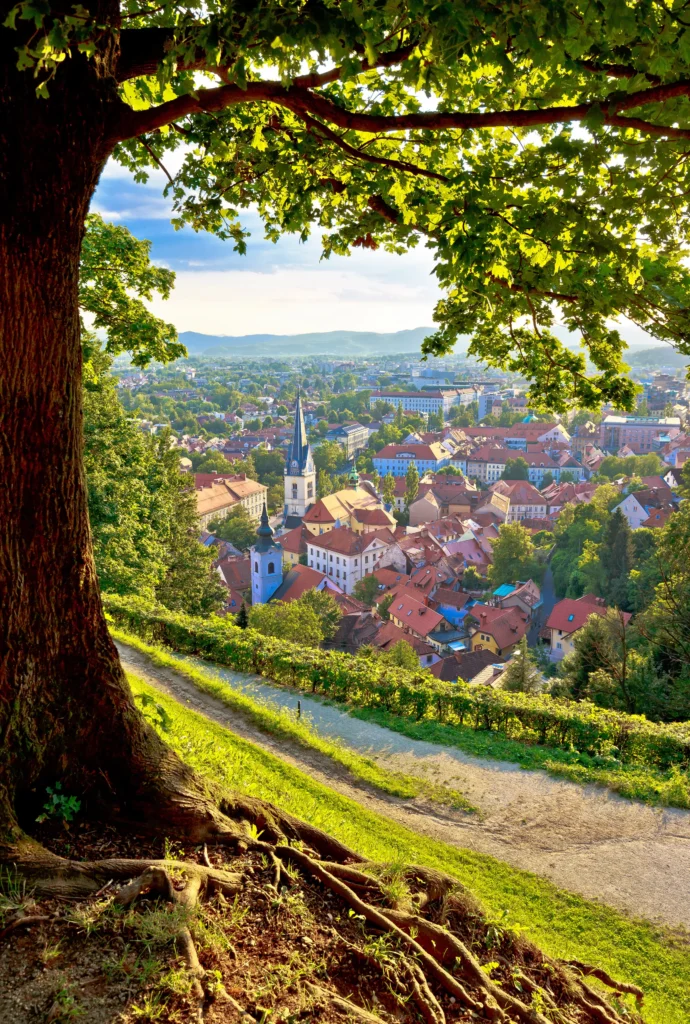
A city to wander
Ljubljana may be a capital city, but its soul is small-town through and through. It’s not a place of towering cathedrals or must-see museums – it’s a city of moments. The kind that pull you into its rhythm, like an open-air concert at the Križanke Summer Theater or a lazy picnic under Tivoli Park’s chestnut trees.
Above it all, Ljubljana Castle has been standing sentinel since the Middle Ages, surrounded by lush greenery that softens its stoic walls. I climb the watchtower to gaze over the city’s terracotta rooftops, rolling toward the mountains.
Slovenia is a relatively young country, gaining independence from the former Yugoslavia in 1991. Perhaps that’s why it feels no need to shout for attention. Instead, it extends a quiet invitation to discover its storybook streets, Michelin-calibre cuisine and laid-back charms.
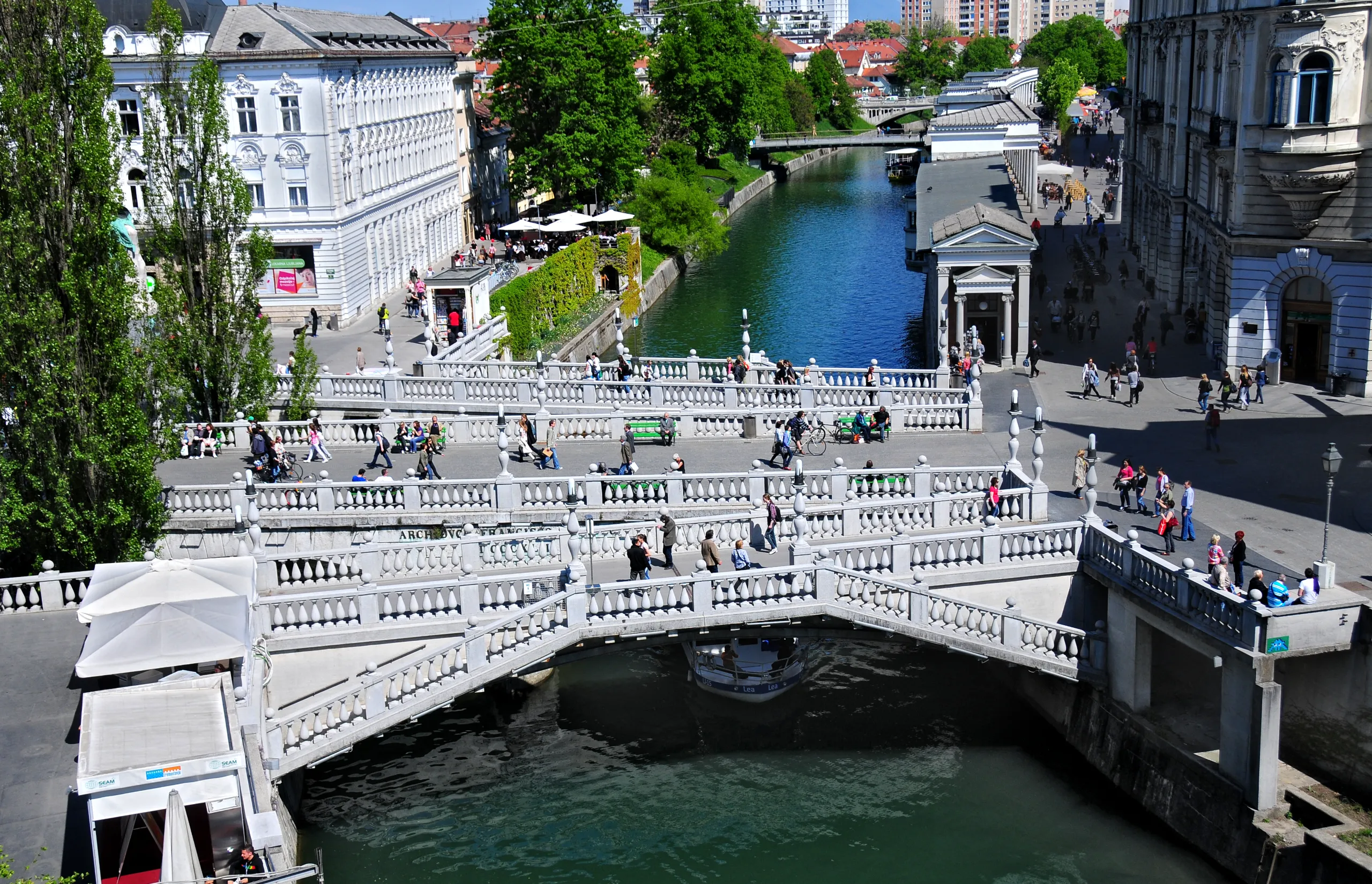
I walk along the cobbled streets of the old town toward the Ljubljanica, where Jože Plečnik’s architectural genius is on full display. After shaping Vienna and Prague, he returned to Ljubljana to craft a capital all his own – one where he didn’t play by the rules. Tromostovje, or Triple Bridge, dating back to 1842, replaced a medieval crossing and was later expanded by Plečnik with two pedestrian-only bridges in the 1930s – now a must-see for visitors.
A few steps further, I come face-to-face with the legendary green creatures of Dragon Bridge. Standing guard over Ljubljana, they represent strength and resilience, with a link to the city’s founding, tied to the Greek myth of Jason and the Argonauts.
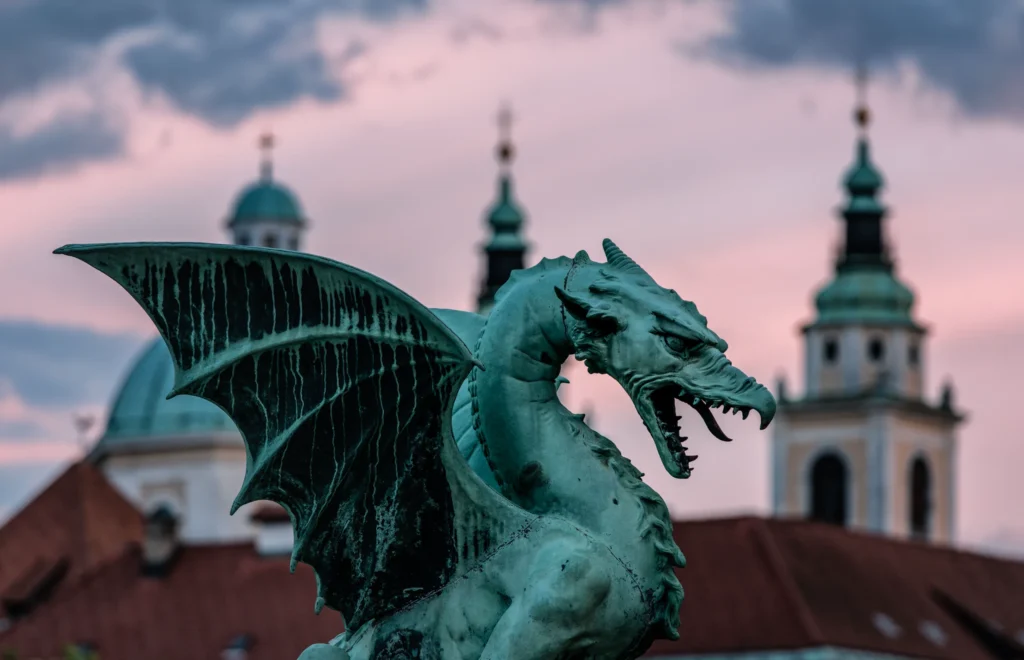
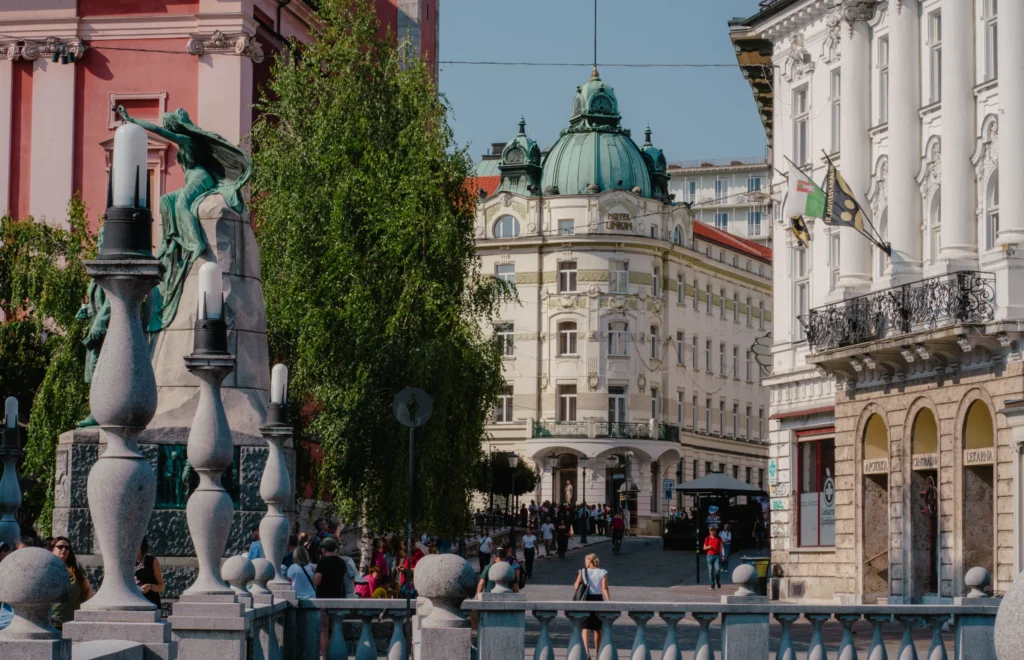
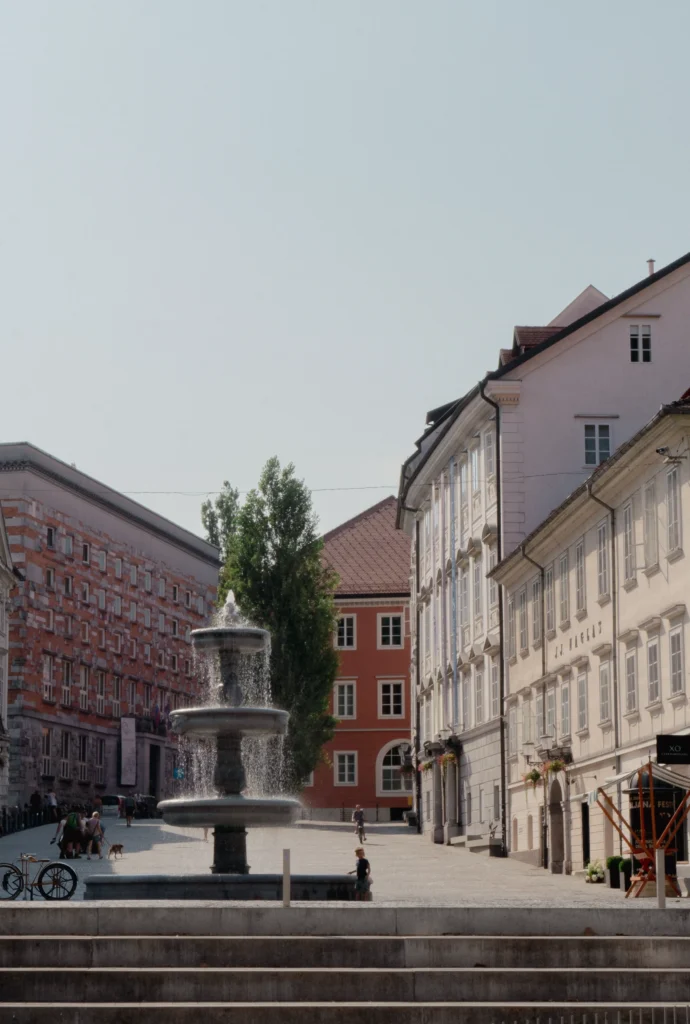
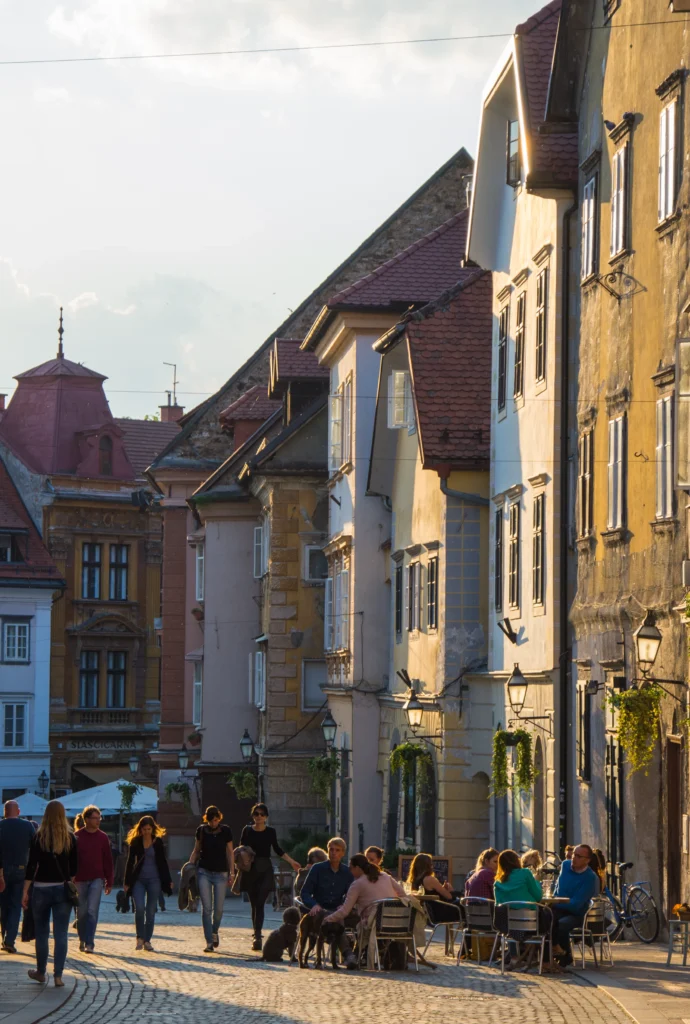
A plate of stories
As the evening buzz takes over the streets, I slip into Zlata Ladjica Restaurant, where I’m treated to a masterclass in Slovenian gastronomy. Head chef Erik Florjanc, who honed his skills in top kitchens worldwide, has returned to his roots – and he’s not the only one. A fresh wave of chefs is elevating Ljubljana’s culinary scene. From hand-foraged morels bathing in a silky cauliflower soup to a medallion of beef sourced from local pastures, every plate feels personal. The wines are no exception – each glass reveals Slovenia’s burgeoning yet under-the-radar wine scene.
Since earning its first Michelin star in 2020, Ljubljana has embraced fine dining with a refreshing lack of pretension. “We’re not trying to be something we’re not,” Florjanc says. “It’s all about Slovenia, pure and simple.” And in this simplicity lies the magic.
The following day, I take Gregor’s advice (again) and head to Odprta Kuhna (Open Kitchen), a summer, Friday tradition where the city’s best chefs trade their restaurants for bustling outdoor stalls. Smoke curls from sizzling grills where everything from bao buns with crispy pork belly to trofie pasta crowned with truffles – a Ligurian speciality that made its way to southwest Slovenian – is on the menu. The atmosphere is electric: cups filled with natural wines clink, live music drifts in the background and strangers swap recommendations. It’s casual, creative and quintessentially Ljubljana.
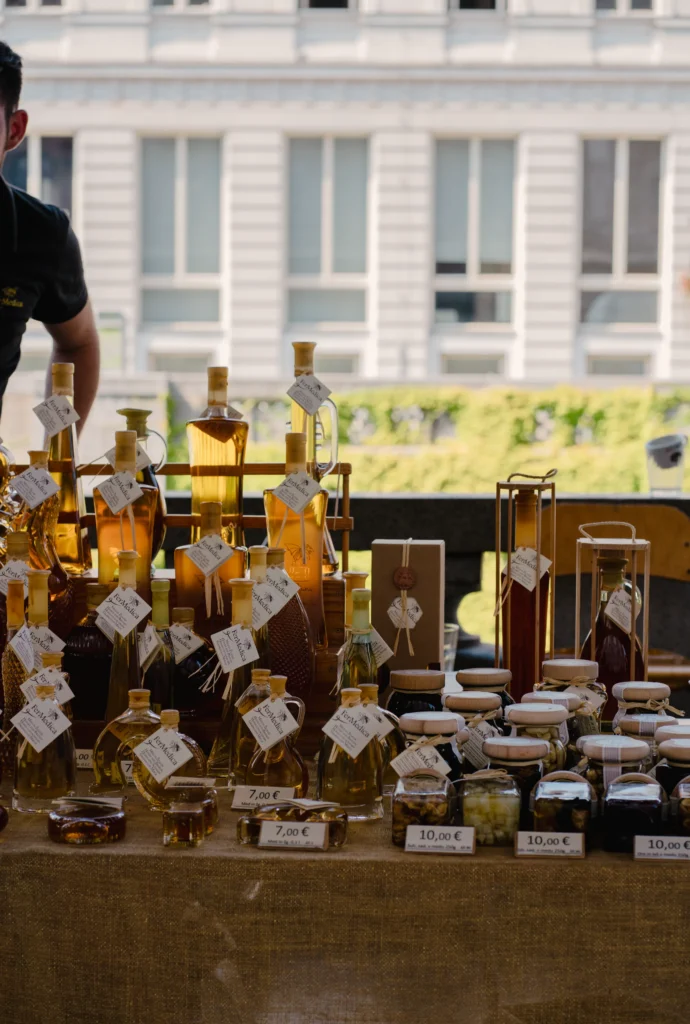
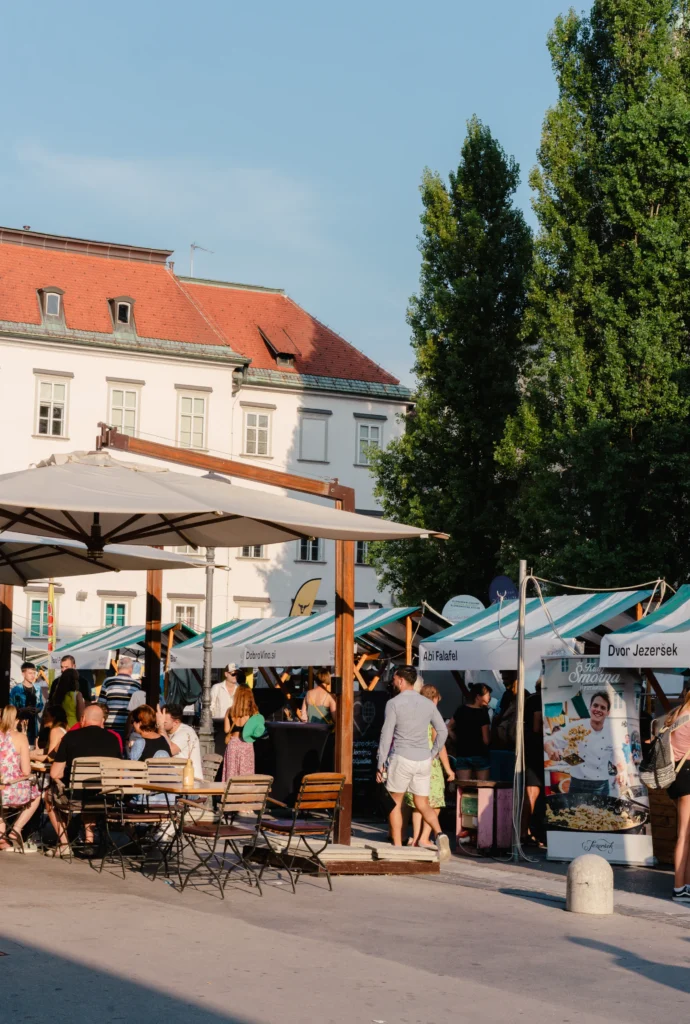
A breath of fresh air
Ljubljana might be a city of culture and charm, but let’s not forget its proximity to nature’s greatest hits. After a scenic 45-minute drive from the capital I find myself at Lake Bled, where a fairytale island floats in the middle of waters so blue, you’d swear someone edited the scene. I’m not the only one drawn here. In summer, the lake is alive with rowboats and paddleboards, and sun-seekers lounge under blue-and-white striped umbrellas.
Deciding to seek some quiet, I venture into the emerald woods, following the trail to Ojstrica, a rocky outcrop that promises an eagle’s-eye view. The climb is steep, but from the top the whole lake stretches below me, encircled by the Julian Alps in soft blue and the Bled Castle standing high on a craggy hill. Just beyond those mountains lies my next stop: Slovenia’s wine country.
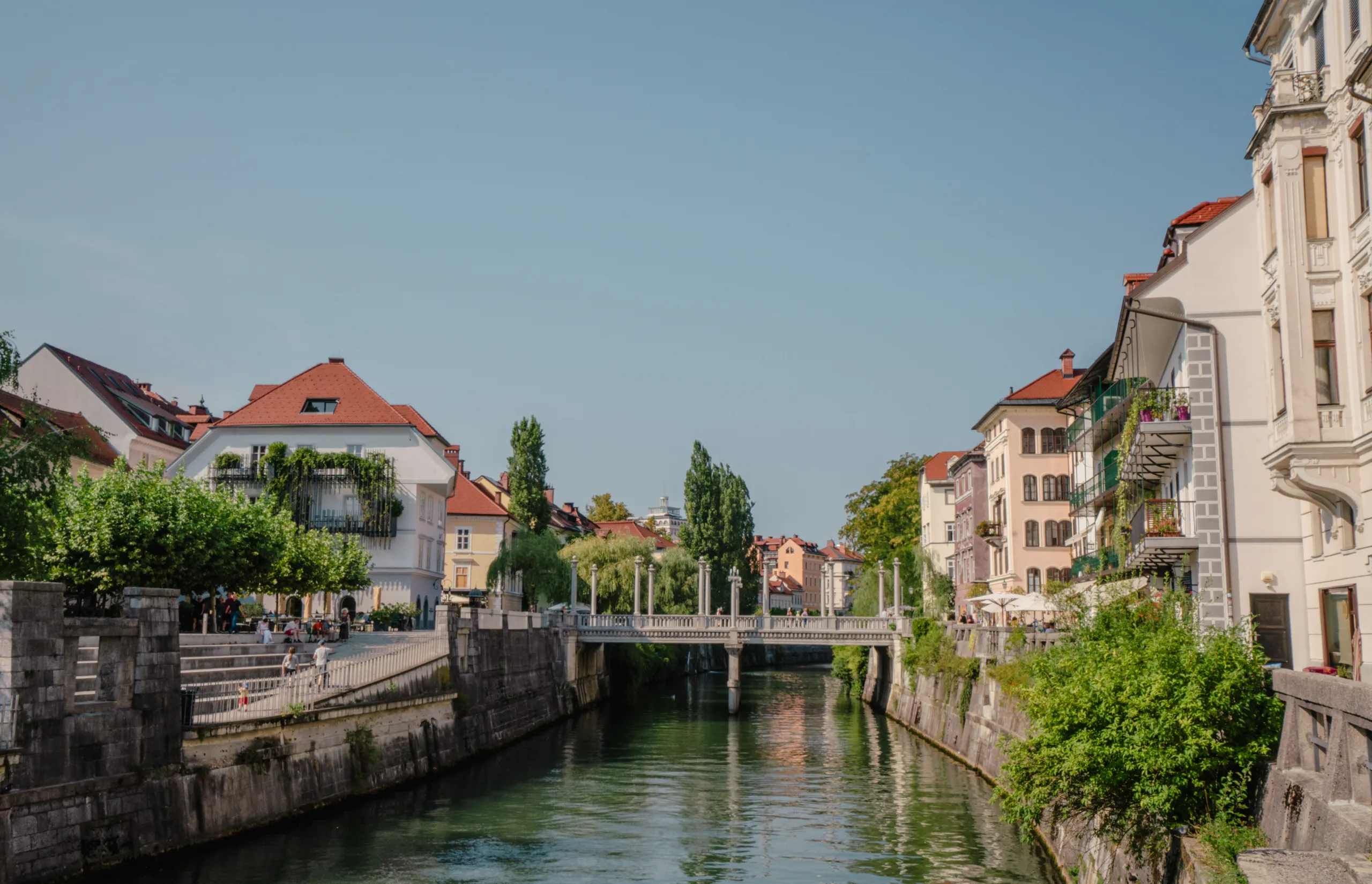
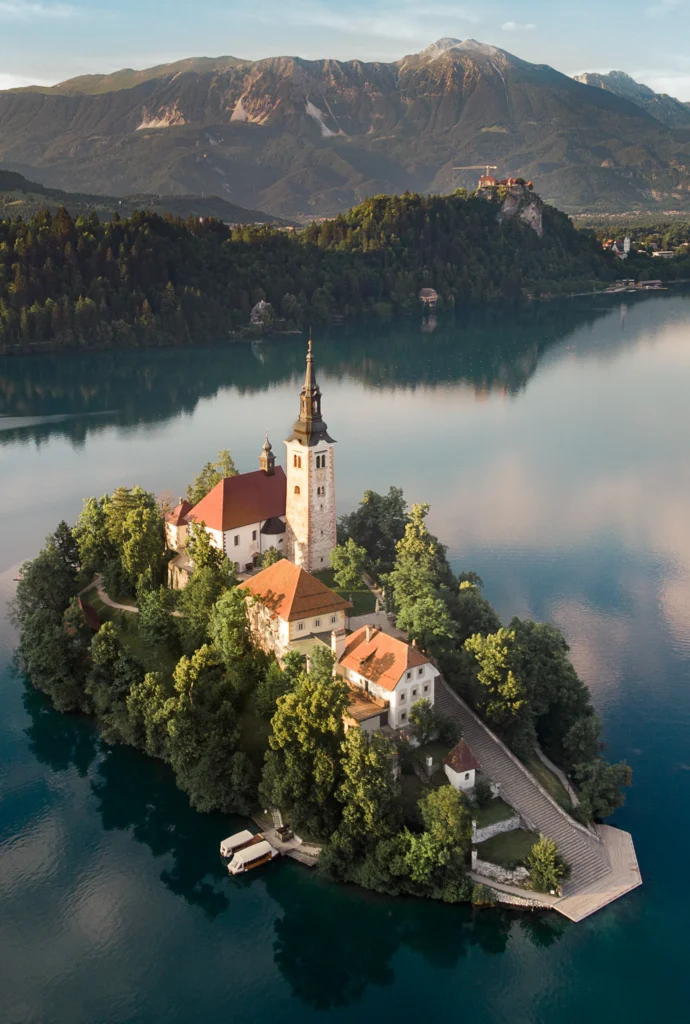
Journey Notes
Ljubljana is easily reachable by train from European cities, with the central station just minutes from the city centre. International flights land at Ljubljana Jože Pučnik Airport.
GOOD TO KNOW
With one of the EU’s largest car-free zones, Ljubljana’s city centre is best explored by walking or on board the green Urban electric train.
Latest Articles
Don't miss the latest from Luxury Travel
